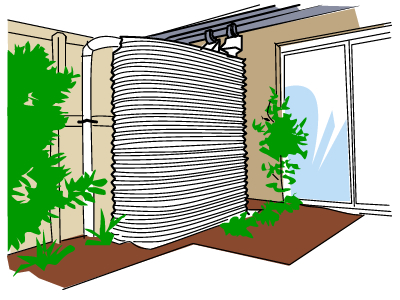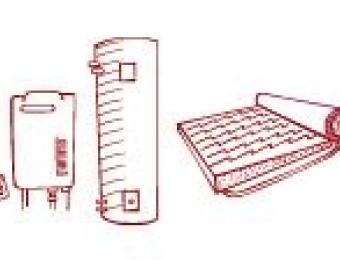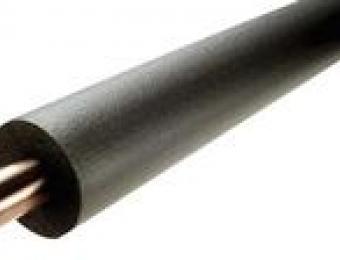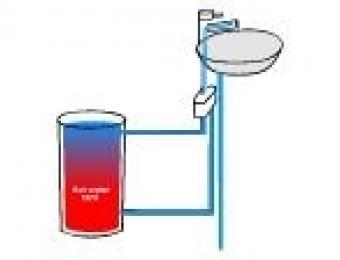
A shrewd plumber once proclaimed that the main purpose of a house is to control how water’s used. If you take into account all of the plumbing systems that stealthily snake their way around your home, it’s hard not to see an element of truth to this. Because modern plumbing’s so reliable and normally hidden behind walls, we really do take it for granted – and many of us use far more water than we need to as a result.
What’s water management?
Water management’s the process of assessing how water’s used and abused throughout your home, and then managing and monitoring your use to help reduce waste and increase efficiency.
How can I assess my water usage?
Your water bill will give you a general indication of how much water you’re using over a set period – although if you’re serious about reducing how much water you use, you’ll need to identify where water’s being wasted.
To assess water use on a daily basis, you can read and record the values on your water meter at the same time each day to get a snapshot. If you’re having trouble finding your water meter, check the front corners of your yard.
Some homes (and more often apartments) have smart water meters installed which automatically record usage data and can provide a detailed picture of how much water’s being used and at what times. You can also have a plumber install a smart metering device, if you choose.
Assessing water use for a single appliance
To evaluate how much water’s being used by a single appliance (your dishwasher or washing machine, for example), you can take a reading of your meter both before and after you’ve put it on for a full cycle. You can also use the same method to see how much water’s being used for a single shower. If you’re measuring water usage at the meter though, you’ll need to be careful to ensure that nobody else decides to flush a toilet or wash their hands while you’re testing.
It’s worth mentioning that replacing a dishwasher or washing machine outright simply because it seems to be a bit of a water guzzler isn’t a particularly ‘green’ solution to the problem. If you do identify that your appliance uses more water than you’re comfortable with, try experimenting with different load sizes or wash cycles to find what the best choice is. Different types of appliances will vary significantly in terms of how much water they drink for different purposes.
If you’re on the market for a new dishwasher or washing machine, check the WELS star ratings label and choose something with a high water efficiency rating.
Toilet efficiency
New toilets, taps and showerheads all have water efficiency ratings – and are generally designed to be far more efficient than older hardware.
Toilets can account for up to about 20% of a household’s water usage, so opting for an efficient model from the outset will make a big difference to how much water’s used. Toilets expel a set amount of water with each flush (or half flush), and this is determined by the volume of the cistern.
If you have an older toilet with a bigger cistern and only the option to do a full flush, there’s a good chance your toilet will flush up to 12 litres at a time. A modern low-flow cistern, by comparison, may use less than 4 litres per flush. The difference easily adds up to hundreds of litres a week. Just remember that if you’re considering installing an efficient toilet, you’ll need to make sure the bowl is designed to go with the cistern.
Water efficient taps and shower heads
Low flow shower heads and taps will also save a serious amount of water. A 3-star rated shower head is likely to spout 6 to 7 litres of water per minute (compared to 15-25 litres for an inefficient shower head). An efficient tap with an aerator may only pour 2 litres per minute, compared to 15-18 litres for a regular tap. Remember that not every tap needs to be ‘efficient’ – if you’re filling a bath, for example, you’ll use the same amount of water no matter what (and a faster flow is much more practical).
If you want to see how much water a particular tap or shower head uses, time how long it takes to fill a large bucket and then calculate the total volume for a minute.
Reusing wasted water
Perhaps the best way to ensure that water’s not wasted is to install devices and systems to recycle water. Rainwater from the guttering along your roof and grey water from your bathroom isn’t considered ‘potable’ (i.e. fit for drinking), but it’s perfectly good for watering your garden or washing your car. A rainwater tank or greywater recycling system can make a big dent in your water consumption, especially if you’ve got a thirsty garden.
Diverter valves to direct cold water that might otherwise be wasted when you turn the hot tap on will also help.
Sensible use
It shouldn’t have to be said, but a bit of common sense will also help when it comes to saving water. Limiting the amount of time you spend in the shower, making proper use of the half-flush button, turning the tap off while you brush your teeth and planting hardy, drought-resistant plants will all help to reduce your water consumption.
Monitoring your usage is a great start - simply being aware of your daily consumption and how much water’s used in different parts of your home will lead to better water management.




